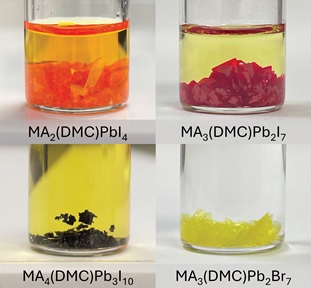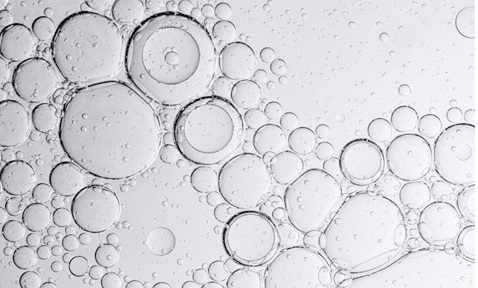
Regenerable Draw Solute for Osmotically-Driven Processes
Synopsis
This invention introduces the use of inorganic salts to create a regenerable draw solute for forward osmosis processes. Unlike traditional methods that rely on lower critical solution temperature, this approach utilises highly soluble salts and small molecules with temperature-dependent solubility, paving the way for new draw solutes.
Opportunity
As global freshwater scarcity intensifies, desalination technologies are becoming increasingly crucial. While reverse osmosis (RO) is an established method for seawater desalination, its effectiveness diminishes with high-salinity feed streams, such as seawater RO brine and certain wastewaters from the oil and gas industry. Forward osmosis (FO) is a promising alternative, driven by osmotic pressure differences rather than hydraulic pressure, resulting in significantly less fouling and easier maintenance. For FO to be a viable desalination technology, the development of efficient and cost-effective regenerable draw solutes is essential.
Technology
This invention utilises inorganic salts, such as sodium sulphate, calcium lactate, disodium phosphate, tetrasodium pyrophosphate, and their hydrates, to form and regenerate draw solutes for FO. These salts dissolve in water at concentrations ranging from 10 wt% to 50 wt%, depending on the weight of the anhydrous inorganic salt. Notably, disodium phosphate and its hydrates, such as disodium phosphate dodecahydrate, exhibit the desired properties for this application. The solubility of these salts at high temperatures and their ability to crystallise at room temperature facilitate easy recovery through filtration or crystallisation.
Applications & Advantages
Main application areas include the desalination of high salinity feed streams, forward osmosis processes and water treatment systems.
Advantages:
- Effectively processes feed streams with high salinity
- Non-toxic
- High solubility at high temperatures with easy crystallisation at room temperature
- Facilitates recovery through filtration or crystallisation


.tmb-listing.jpg?Culture=en&sfvrsn=29c7e020_1)

.tmb-listing.jpg?Culture=en&sfvrsn=3b74ec1c_1)
-and-the-coated-wood-(ntu-singapore).tmb-listing.jpg?Culture=en&sfvrsn=624bb80c_1)









